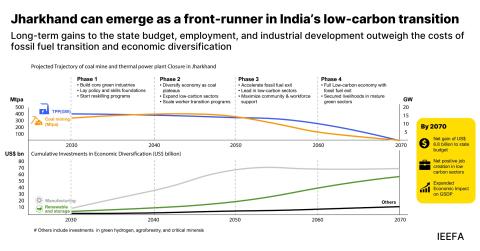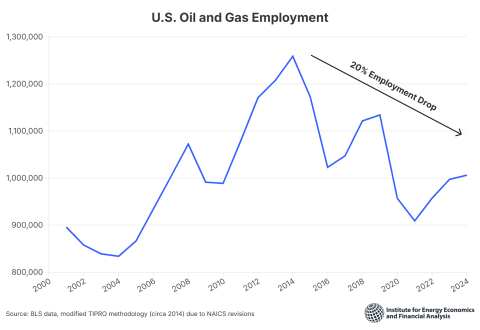Impact on virgin vs. recycled plastics prices and implications for a production cap
Download Briefing Note

Key Findings
Recycled materials are a key factor in the oversupply of fossil-based virgin plastics.
Sustainable alternatives to virgin fossil fuel-sourced plastics are becoming increasingly reliable.
Although price trends are complex, global virgin plastics prices are on a downward path.
A global production cap would support a more robust adoption of recycling and other interventions, spurring a decrease in the production of virgin plastics.
Introduction
The market share growth in alternative materials, including recycled resins, is a permanent part of the petrochemical landscape and a contributing factor to the oversupply of fossil-based virgin plastics. The current oversupply of virgin plastics for most countries and brand producers is also driving the rapid decline in virgin prices.
Going forward, what is the role of a production cap on these market dynamics, especially its impact on prices of recycled resin? The answer requires stakeholders at the upcoming International Negotiating Committee (INC5) in Busan, South Korea, to view the risks and opportunities embedded in this dynamic on a legally binding plastics treaty.
The introduction of a plastics production cap comes at a time when sustainable alternatives to virgin fossil fuel-sourced plastics offer increasingly reliable choices for producers and consumers. A cap would most certainly decrease the volume of virgin plastics that enters the market. Although quite volatile, pricing today tells us that both virgin fossil-sourced plastics and sustainable alternatives are profitable short term, under various circumstances and locations.
This profitability picture is taking place as relative fossil fuel production and associated uses are in decline and sustainable innovation is on the upswing. The adoption of a production cap is designed to support the gradual reduction of virgin fossil-sourced plastics to nurture a growing part of the economy and simultaneously support climate and environmental policy goals.
The price differential between virgin and recycled plastics today is driven by oversupply and declining prices of virgin plastics. The trends are complex. All virgin fossil fuel-sourced plastics are facing price declines. (See Figure 1). The trends show virgin plastics prices substantially lower than recycled plastics in the United States and basic price parity between the two markets (recycled and virgin) in Europe. In China, the price dynamics are reversed. (See Table 1). However, the price trend for virgin plastics is on a downward path globally, and the viability of mechanical recycling improving.
The winners and losers of the energy transition are still being sorted out.

















